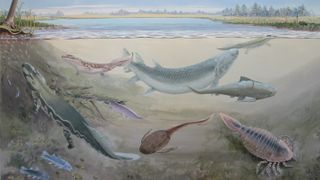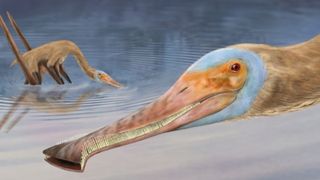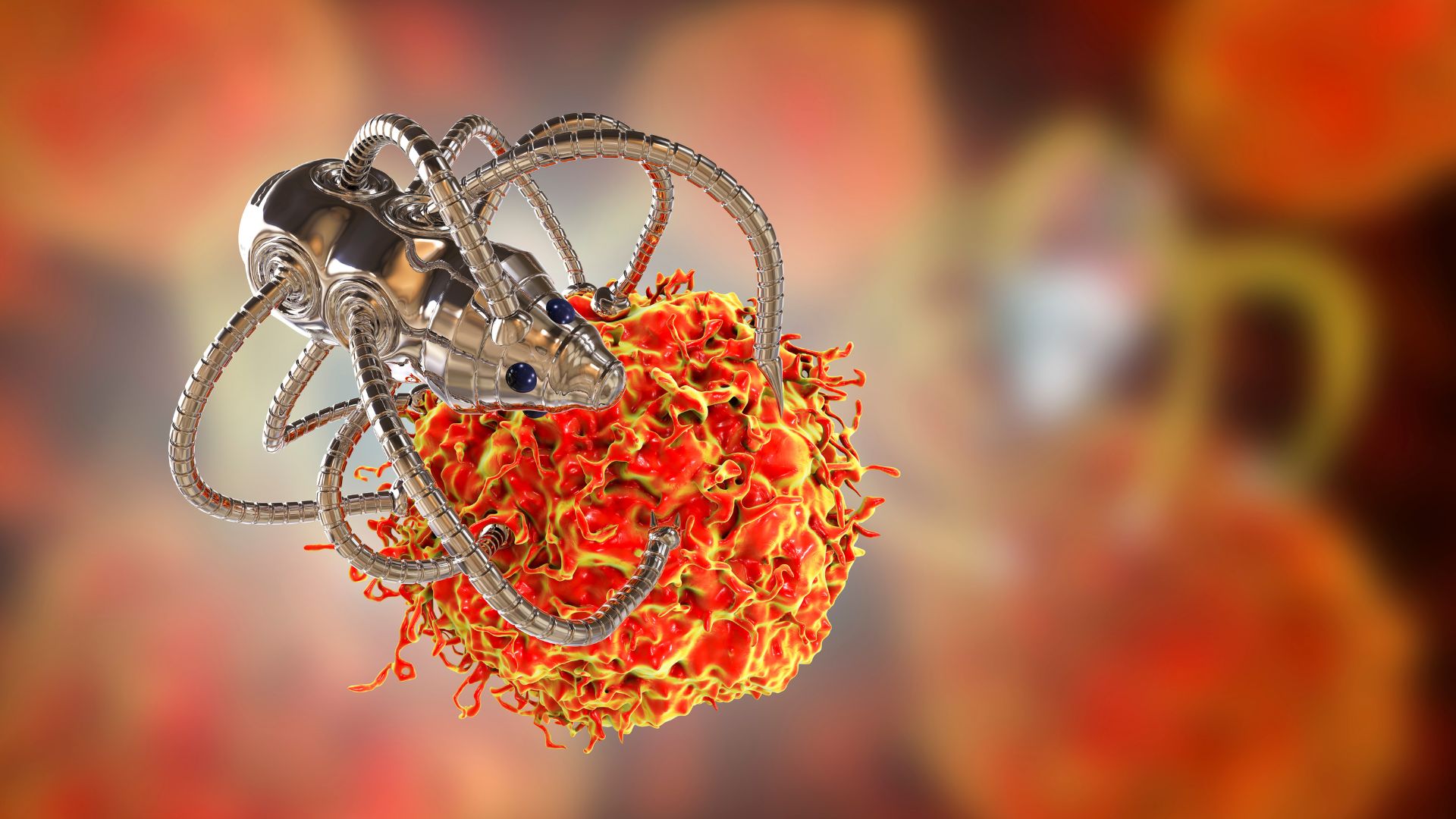Fossils
Latest about Fossils
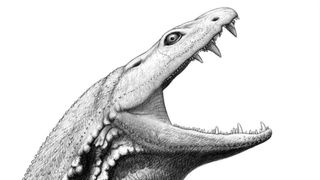
Scientists reveal face of 10-foot 'killer tadpole' that terrorized Earth long before the dinosaurs
By Lydia Smith published
With huge teeth and large eyes, Crassigyrinus scoticus was specially adapted to hunt in the coal swamps of Scotland and North America.
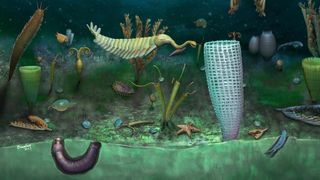
462 million-year-old fossilized eyes and brains uncovered in 'secret' Welsh fossil site
By Patrick Pester published
Wales' new "Castle Bank" fossil site could be among the world's most important deposits.
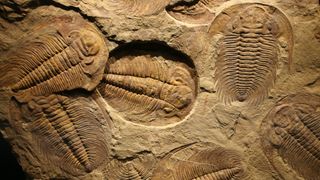
Trilobites had a hidden third eye, new fossils reveal
By Jennifer Nalewicki published
What had multiple eyes and a hard shell? A trilobite, that's what.
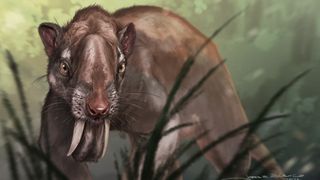
Ancient marsupial sabertooth had eyes like no other mammal predator
By Jennifer Nalewicki published
The wide-set eyes and exaggeratingly long teeth likely helped Thylacosmilus atrox become a successful hunter.
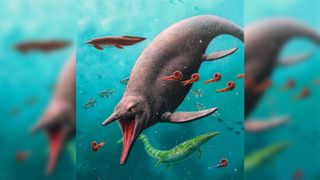
Oldest 'fish-lizard' fossils ever found suggest these sea monsters survived the 'Great Dying'
By Harry Baker published
The fossilized remains of an ichthyosaur dating back to shortly after the Permian mass extinction suggest that the ancient sea monsters emerged before the catastrophic event.
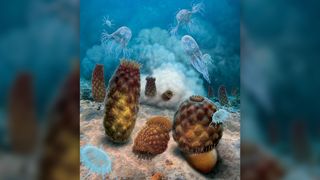
Oops, this 300 million-year-old 'blob' fossil was upside down. It's not a jellyfish after all.
By Cameron Duke published
Famous 'jellyfish' fossil from 300 million years ago was upside-down the whole time. It's actually another animal entirely.
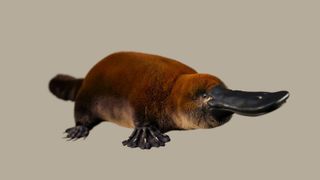
Ancient platypus-like fossil could rewrite the history of egg-laying mammals
By Joanna Thompson published
Fossils of a 70 million-year-old platypus relative called Patagorhynchus pascuali found in South America show that egg-laying mammals evolved on more than one continent.
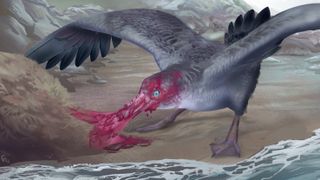
3 million years ago, this brutish giant petrel likely eviscerated dead seals with its knife-like beak
By Ethan Freedman published
Fossils from New Zealand reveal the existence of a giant petrel with a wicked sharp beak that lived 3 million years ago.
Get the world’s most fascinating discoveries delivered straight to your inbox.


